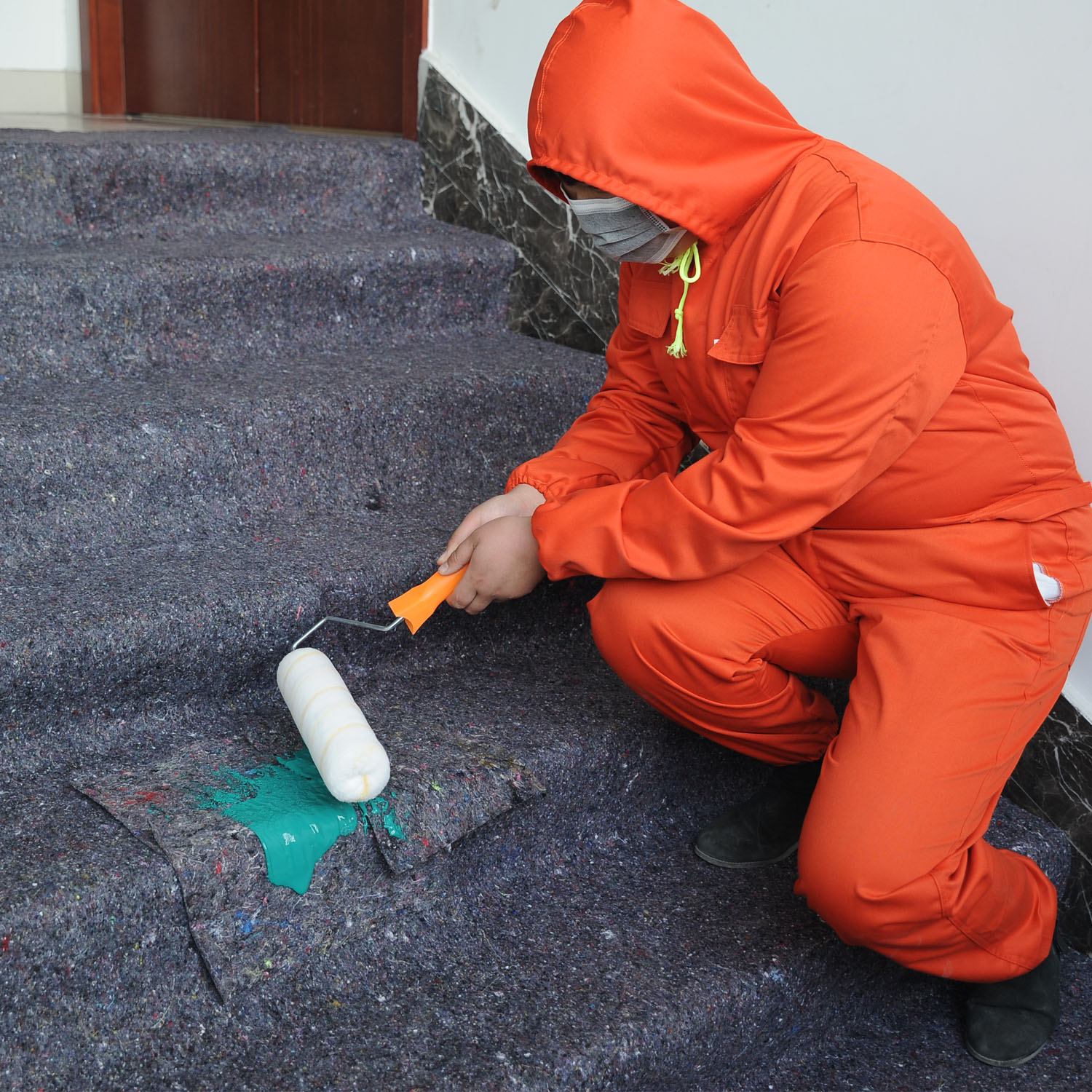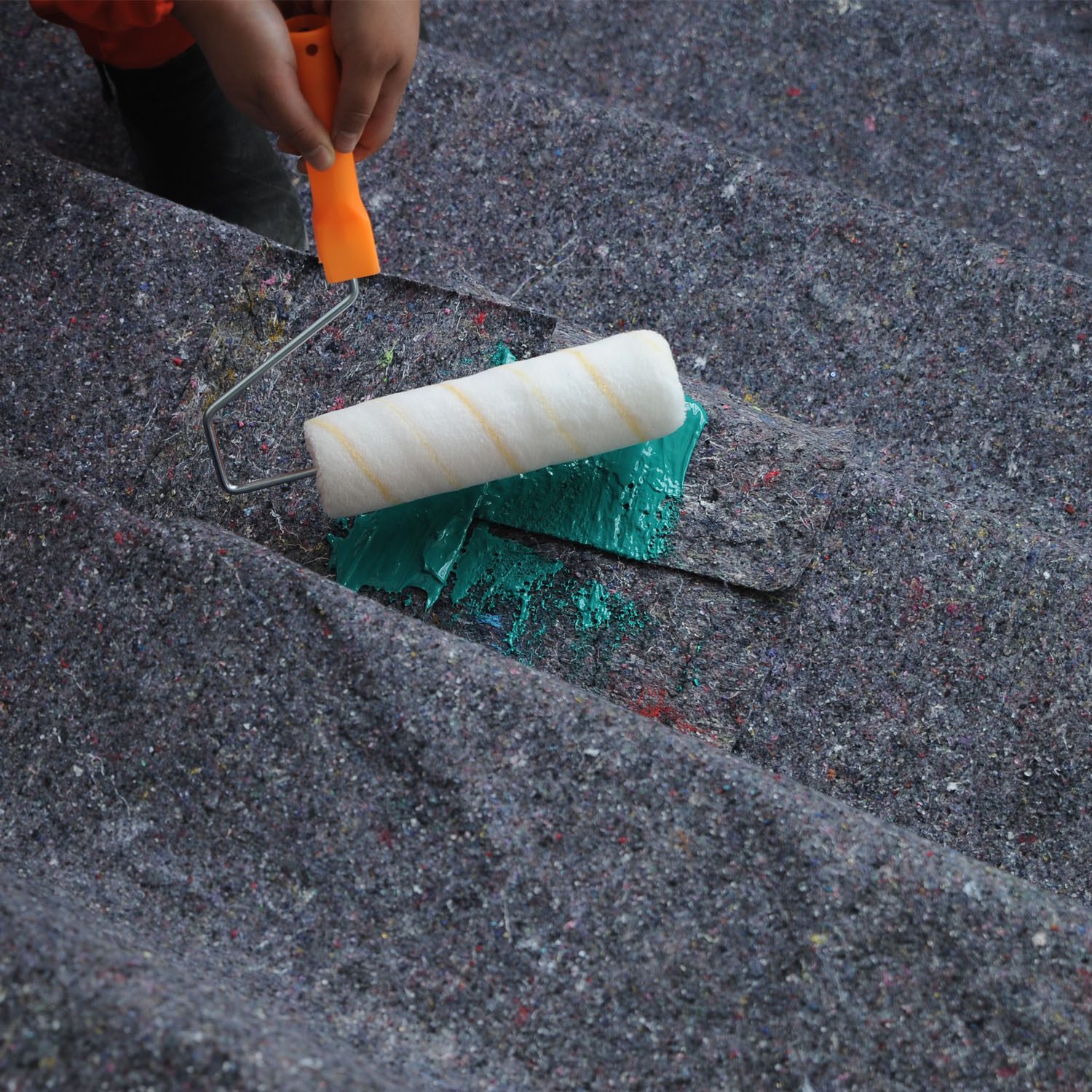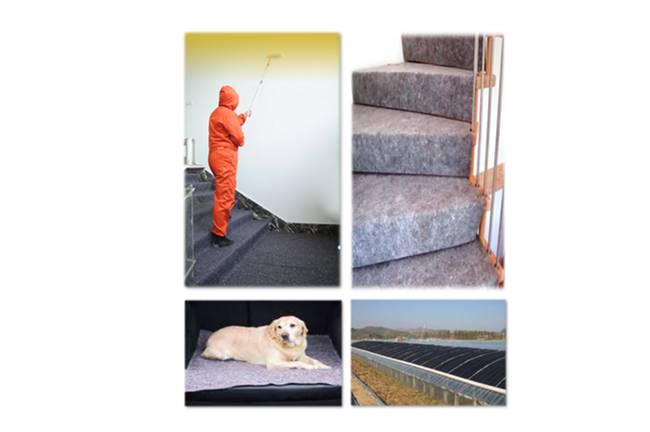

If you want to know where you'll really find fifty shades of grey, it's in a carpet shop. The choice of colours, never mind the more important issue of fibres and styles, is perplexing, to say the least. Follow our guide to keep you in the loop!
Where you’re planning to lay your carpet, and what sort of footfall it will have to endure, will help you narrow down your options. You can afford to treat yourself to a bit of luxury in the bedroom, where a softer pile will withstand slippers or bare feet, but you’ll need something with a dense, tight, low-pile tuft in those high-traffic areas.
Firstly, assess the durability of the carpet you’re going to buy. Look at the thickness, resilience, material and weight of a carpet’s pile. Do this by pressing your thumb firmly into the pile. The more quickly it springs back and recovers, the denser and more resilient it should be.
A great pad can transform a rug-making it cushier and more comfortable, preventing slips, and even increasing its longevity.
JIAMING WOOL felt rug pad felt the most comfortable underfoot. We also think this rug pad offers a better grip than most of the other pads we tested, and it will stay put under even the most rambunctious, sprinting pets’ paws.
The density of your carpet should be a key consideration, particularly if you are looking to lay it in a high-traffic area, such as a hallway or stairs. The density is determined by how closely knitted each fibre is to another, rather than the depth of the carpet. Take a look at the back of the material to see how much space there is between the tufts. Large gaps mean the carpet will lose its resilience more quickly.
Check the weight of the fabric on like-for-like styles. Weights should be printed on the back of the sample. As a rule of thumb, short, dense-fibre carpets are the most durable. You’ll find that carpets with longer loops and strands look bulkier, but weigh less. As for colour, darker colours work best in well-trodden thoroughfares, but you could opt for a lighter shade for a bedroom.

Most carpet retailers allow you to borrow a couple of samples before making a final decision, and will also offer a measuring and fitting service. Place the sample in lighter and darker areas of the room you’re planning to carpet to get an idea of how the colour will be affected by light. Tread on it as well, to see how easily and quickly it springs back into shape.
Do a rough estimate before you go shopping around, so you can work out approximately what your carpet will cost, as this can be helpful when narrowing down your search. Measure the widest and longest part of the room, including any bay windows, under-stair spaces and door recesses that need to be fitted. Add at least 10cm to width and length measurements for trimming. You can use the same method to calculate underlay. Take this as a rough estimate only, though, particularly if you’re fitting an irregular-shaped room, such as the hallway and stairs, and remember you’ll have to add carpet grippers and fitting to the final cost. And if you really can’t find that particular shade of grey you’ve set your heart on, some manufacturers provide a dyeing service to create a bespoke colour – at a price.
Previous: How Do Sound Insulation Panels Work?